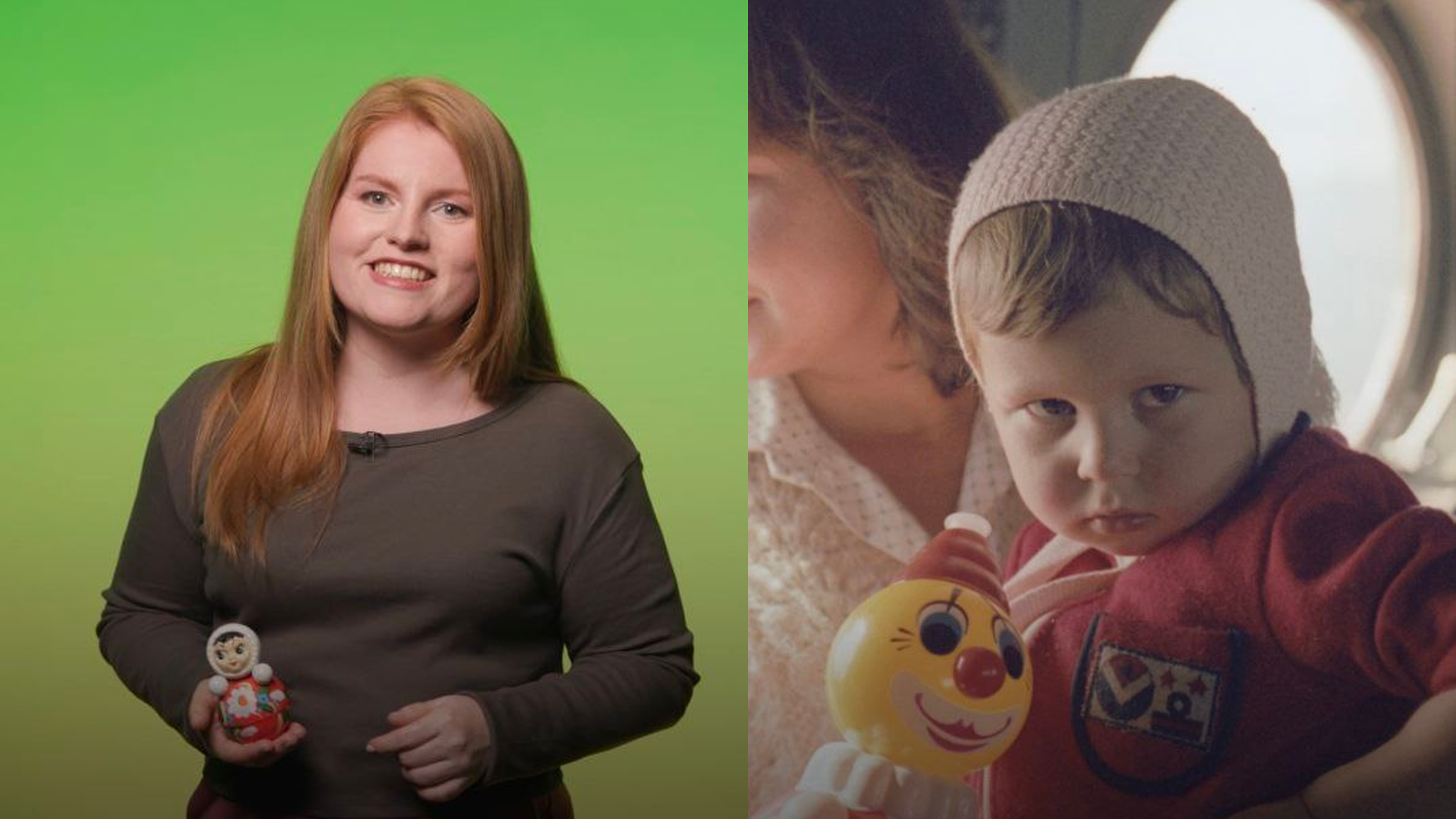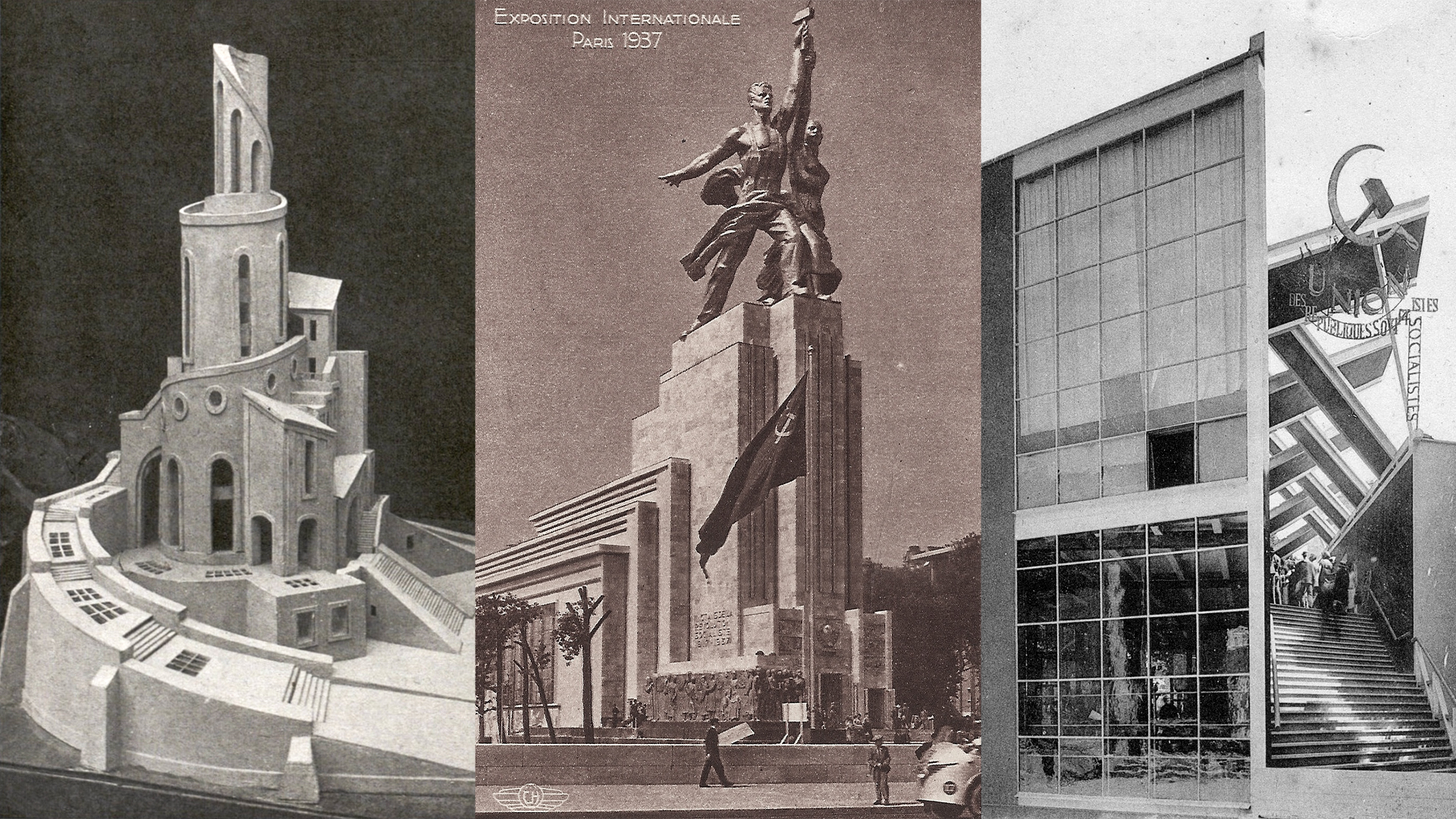
How the U.S. exchanged Pepsi for Soviet sparkling wine Nazdorovya and Stolichnaya vodka

At the luxurious St. Regis hotel in Midtown Manhattan, wealthy and prominent Americans gathered for the presentation of a new Russian sparkling wine from Abrau-Dyurso, labeled Nazdorovya. They were invited to such an unexpected event in 1975 during the Cold War by the head of PepsiCo, Donald Kendall. The tasting of Soviet sparkling wines was supposed to promote “better mutual understanding” and “reduced tensions” in relations between the U.S. and the USSR. But naturally, commercial interests and profit were also behind these plans.
 The photo, in which Soviet leader Nikita Khrushchev tried Pepsi Cola at the American National Exhibition in Moscow in 1959, was published by hundreds of foreign media.
The photo, in which Soviet leader Nikita Khrushchev tried Pepsi Cola at the American National Exhibition in Moscow in 1959, was published by hundreds of foreign media.
In 1971, Mr. Kendall, during his visit to the USSR, made a deal with the Soviets to supply the country with PepsiCo’s goods. As such, Pepsi Cola became the first American brand officially launched for sale in the USSR. In exchange, PepsiCo agreed to start importing into the U.S. and distributing Stolichnaya vodka and Nazdorovya sparkling wine.
Alexey Kosygin, Deputy Chairman of the Council of Ministers of the USSR, arranged the exchange of soda based on the formula, “liter for liter”. However, he decided everything in such a way that vodka was considered a finished product while soda was considered a concentrate. In the end, the formula was 1 to 17; not in favor of the Americans.
 Donald Kendall signs an agreement on the opening of a PepsiCo facility in Novorossiysk. USSR, 1973.
Donald Kendall signs an agreement on the opening of a PepsiCo facility in Novorossiysk. USSR, 1973.
From 1973 to 1981, 1.9 million decaliters of Stolichnaya vodka were shipped to the U.S., with a total value of $25 million. Over the same period, 32.3 million decaliters of Pepsi Cola were produced in the USSR, and it was sold for a total of 303 million rubles (considering the exchange rate at the time, that means the Soviets earned 139 million rubles more than the Americans). PepsiCo didn’t receive money for its cola; rather, the company was only able to take in the revenue from the sale of Soviet alcoholic beverages in the U.S.
 Texas Monthly, 1977.
Texas Monthly, 1977.
We can assume that the volume of wine supplies from the USSR was much more modest than that of vodka. Nonetheless, starting in 1974, Soviet sparkling wine Nazdorovya was sold in several stores in the U.S.
The Nazdorovya brand for Soviet sparkling wine was quite deliberate. It emerged from the modified toast, “Na zdorovie”, which sounds in all American movies for anything Russian or for drinks that have vodka in them.
READ MORE: No, Russians don't say "Na zdorovye!" as a toast!
For America, importing sparkling wine during these years was not something particularly unusual. The popular drink was also imported from Yugoslavia, South Africa and Australia.
Journalist Frank J. Prial in his New York Times article in 1975 described “Nazdorovya, Extra Brut” as “bone dry and well-balanced”; and “Nazdorovya Brut” as “more golden in color and somewhat sweeter in the finish.”

These sparkling wines were produced from local grapes in a place called Abrau-Dyurso in the Krasnodar Territory in southern Russia. Winemakers used Pinot noir and Pinot chardonnay grape varieties. Just as classic champagne production technology required, the wine was aged for three years. The USSR also supplied its Nazdorovya sparkling wine to Belgium, Brazil, Italy, Canada, Mexico and the countries of Eastern Europe.
In America, a bottle of Extra Brut sold for $13, while Brut sold for $9.95. By price it was in the range of the cost of a bottle of non-vintage French champagne Moet & Chandon ($10), but more expensive than premium sparkling wine from California.
 The Novorossiysk brewery. Pepsi-Cola production line, 1974.
The Novorossiysk brewery. Pepsi-Cola production line, 1974.
In 1979, Soviet-American relations were hit by a new crisis after the deployment of Soviet troops to Afghanistan; and demand for Soviet beverages began to falter. At the end of the 1980s, just before the USSR’s collapse, the Americans reoriented their barter deals to purchase Soviet military equipment instead.
READ MORE: How the USSR traded with the West despite the Iron Curtain












